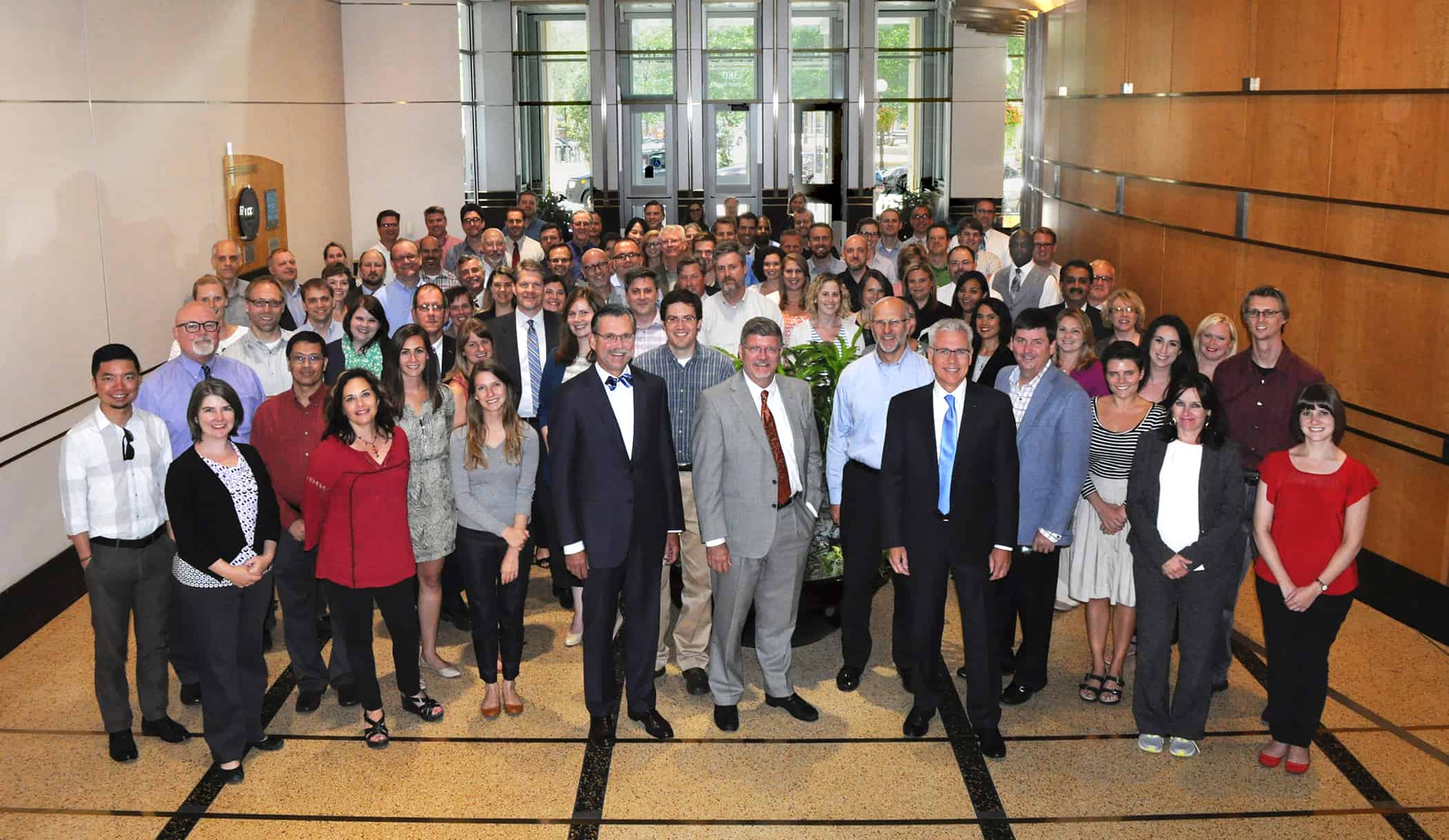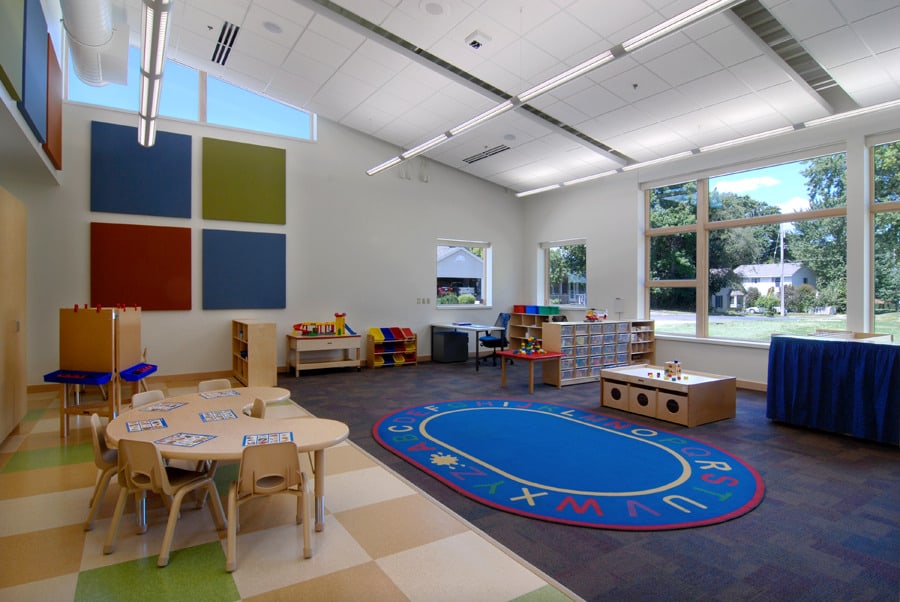In a milestone for the one of the Midwest’s oldest firms, BWBR was named recipient of the 2015 American Institute of Architects Minnesota Firm Award, a biennial recognition to firms that contributed to the advancement of the profession in the areas of technology, service, and design. The firm was recognized with the honor in December at the AIA Minnesota Awards Celebration at The Minnesota History Center in Saint Paul.
“Going back to the founders of our firm, BWBR has always viewed design as a tool to enhance what organizations do and lift up the communities they serve,” said Peter G. Smith, AIA, president and CEO of the firm. “It’s a focus that has attracted staff who are mission-driven and gravitate to serving mission-driven clients such as non-profits, educational institutions, churches, health care providers, public agencies and innovative companies.
“It’s work that is complex and tends to be a little anonymous from a design standpoint. However, it’s work that is extremely rewarding, too. To learn that your peers in this impactful and creative field of architecture find value in what you do, we are honored and proud to have their respect.”
Tim Dufault, AIA, president of AIA Minnesota and a member of the Firm Award selection committee, noted BWBR’s work across various industries in announcing the award.
“For more than 90 years, BWBR has worked to create strong communities through the design of important civic, cultural, medical, and business facilities. They are a testament to the value that architects bring to our clients every day,” he said. “They embody the principles of AIA Minnesota’s Firm Award through their consistent commitment to high-quality design, building strong communities, and improving the skills of young architects through practical application. AIA Minnesota is proud to recognize the outstanding accomplishments of this long-standing member of the Upper Midwest’s design community.”
The Firm Award Selection Committee, comprised of AIA Minnesota board members and leadership, agreed that BWBR met or exceeded all three criteria for selection:
- BWBR was an early adopter of building information modeling software and developed a users group to help design professionals and consultants learn and adapt the new technology;
- The firm has worked consistently in and outside of the industry to elevate the profession through such efforts as Unauthorized Design charettes in Saint Paul, connecting community members to design professionals examining undeveloped or underdeveloped land in the city and pro bono work helping small non-profit organizations serve clients better; and,
- In recent years, the firm has been recognized for its business, training, and design practices, from the International Interior Design Association to PSMJ as one of the best managed firms in the nation to the American Institute of Architects who named BWBR as one of only 24 firms nationally to receive the 2014-2017 IDP Firm Award for its intern development program.
Additionally, BWBR launched a regional program in the 1990s called “The BWBR Prize” as a commitment to both the profession and students to prepare future professionals for careers beyond the classroom. It provides students in the third year of undergraduate studies the chance to compete for a financial prize by demonstrating not only their work but also their presentation skills and personalities in front of an expert jury. Prizes are awarded to students from North Dakota State University, Iowa State University, and University of Wisconsin-Stout.
“This is an award that recognizes more than what you are doing at the moment. It represents what you have done as a firm for years,” Smith said. “Even as our seventh generation of leadership makes its mark on the 93-year-old firm, we are who we are today because of the foundation laid by those before us. This award recognizes their hard work, too. They gave us a strong legacy, and with this award, we will honor that legacy by building a strong future and making this firm sustainable for the next generation of designers.
“The opportunities to positively impact the lives of patients, students, residents, researchers, engineers, and workers through architecture are as great today as they ever have been. Clients are savvier, and the design community is more dynamic. Both push us to be better at what we do, and it is a reason we can enjoy this award now. It’s also why we are excited to work with clients in the future to push the envelope of design and enhance the value of what they do and who we are.”
Learn more about the Firm Award at www.aia-mn.org/get-involved/aia-minnesota-awards/firm-award/.



